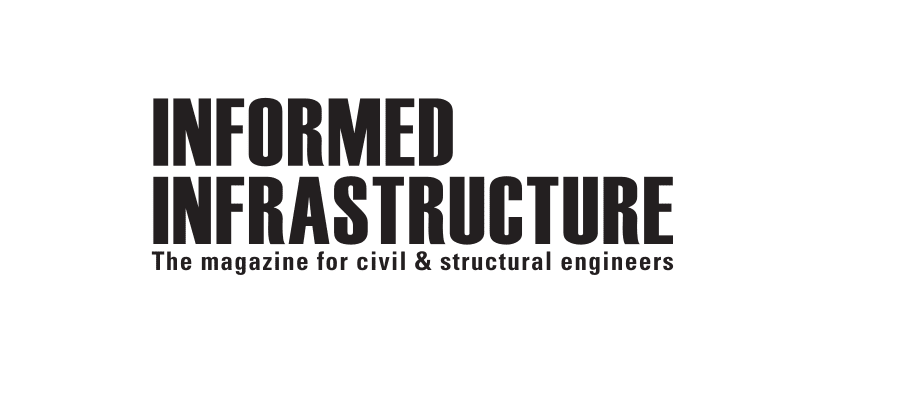Free registration required before viewing this course
Already have an account? Click here to log in.
EPD: Achieving Green Goals with Hollow Structural Sections (HSS)
Course Information
When we think of a steel mill, we might imagine a picture of dark skies, rusty exposed steel and billowing smokestacks. There is a long-held preconceived notion that steel mills are “dirty.” Not so! During the last 30 years, the steel industry has made major strides forward with modern technology and significantly reduced greenhouse gas emissions. In one sector of today’s steel mill, we will instead find cleaner and more controlled electric arc or induction furnaces, charged with increased amounts of scrap steel, less raw material and overall smaller production footprints. Steel mills are now surrounded by green landscapes, a sign of sustainability. Structural steel produced in the United States through this modern process contains an industry average recycled content of 93 percent. The most recycled material by weight in the world is steel, and it can be repeatedly recycled without the loss of metallurgical and engineering properties. For these reasons, steel is a premier green construction material and should be considered alongside any other material when designing for sustainability.
Author
Cathleen Jacinto, P.E., S.E., HSS technical consultant, Steel Tube Institute/FORSE Consulting, LLC; and Joseph Anderson, executive director, Steel Tube InstituteLearning Objectives
At the conclusion of this article, the reader should be able to understand the following:
• The fundamentals related to embodied carbon in building materials, with a focus on steel and HSS environmental impacts.
• The effects of current environmental legislation on building construction and mandated thresholds that impact purchasing practices for building materials.
• A background of steel manufacturing, specifically HSS, and how a greater percentage of renewable energy is resulting in reduced environmental impacts.
• What designers and steel suppliers need to know when considering sustainability for projects.
Already have an account? Click here to log in.





